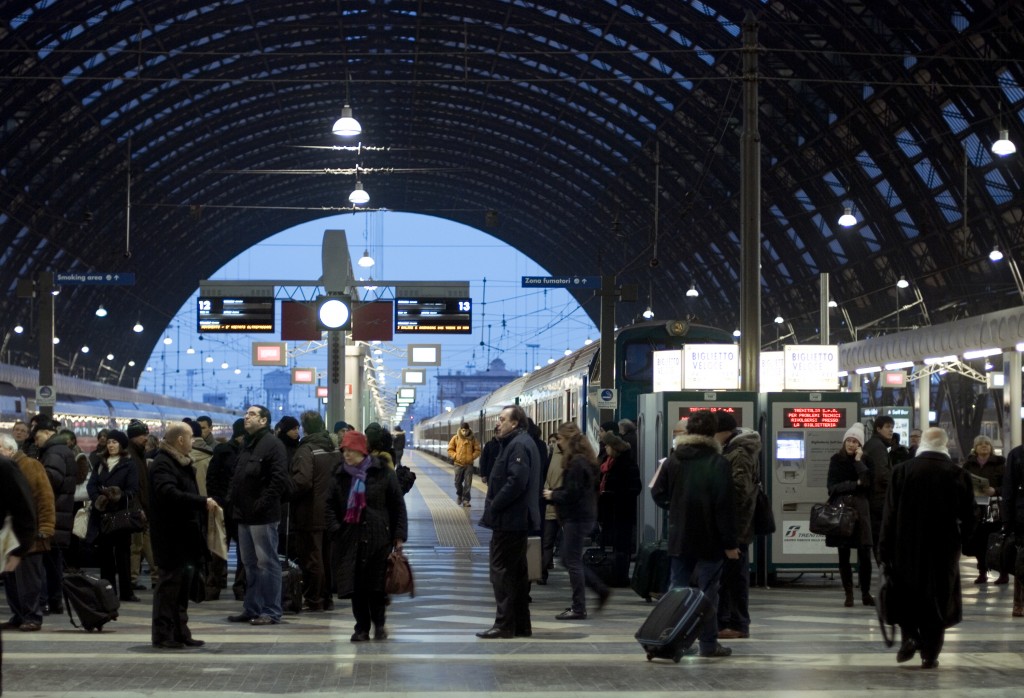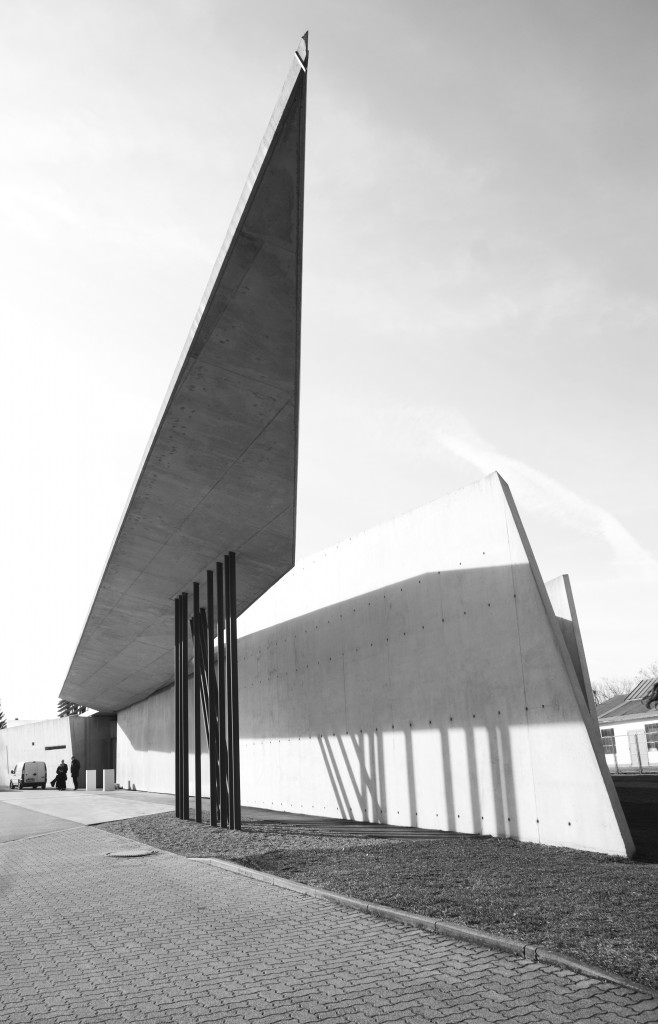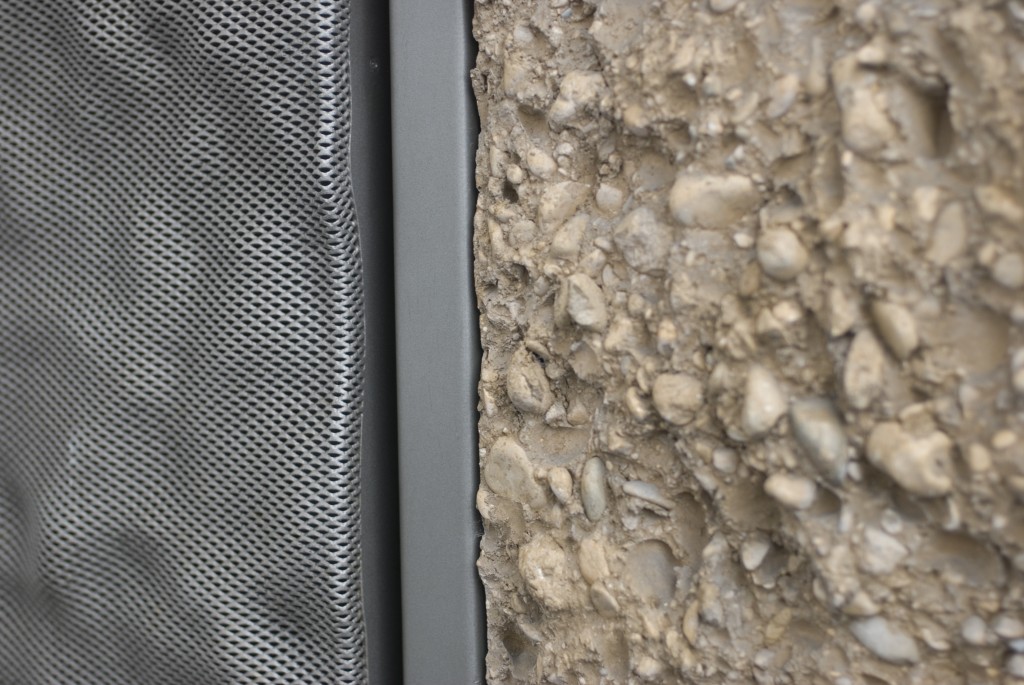There is always a highly anticipated trip every semester, where students travel to places that would otherwise not be covered on a weekend trip. This semester, our architecture studio went on a week-long trip to Switzerland and the southern region of Germany.
This unusual trip outside of Italy was oriented around the focus of our studio to design a Museo Diffuso. This notion is based on the idea of a museum, which not only exhibits its collection to the public, but also acts as an extension to the larger urban context. The opportunity to travel outside of Italy was a great opportunity for us to expose ourselves to a variety of different ideas of what this Museo Diffuso could be.

Riding on our chartered bus through the Swiss Alps, I could not help but notice just how far removed I was from Rome. Switzerland seemed to be quite liberated from the grip of the Roman Empire and its beautiful terrain played as much of an influence in the architecture and urban surrounding.

Our itinerary in Switzerland included a German border-town called Weil am Rhein, and then spending another day in nearby Basel. Our first stop was at the Vitra Design Museum, which exhibited collections of furniture and interior design objects in small buildings. It was at the Vitra Design Museum where many of the current famous architects established their careers with their small projects tested many of their ideas.

Each museum was placed near the other, making it feel as if we were in some sort of architect amusement park. We covered most of these museums in rapid fire succession, discovering a variety of ideas and ways of thinking about architecture.
Herzog and de Meuron’s Vitrahaus references the Swiss vernacular house in a playful gesture, stacking and extruding each compartment on top of each other to produce a series of interesting spaces and vantage points around its site.


Buckminster Fuller tested one of his many Geodesic domes here. The translucency of the fabric along with the beautiful skeletal framework created a beautiful interior.

A favorite among the studio is Tadao Ando’s Vitra Conference Pavilion, which integrates well with its site in an austere and elegant way. Although the building maintains a low profile from that of its flamboyant neighbor designed by Frank Gehry, the interior is composed of a series of dynamic spaces that is well crafted and takes advantage of natural light in a poetic manner.



Perhaps the most interesting project for me was the Schaulauger Museum which we visited on the second day in Basel. The role of the museum here is redefined as one which not only exhibits and showcases work, but also maintains and stores art work, thereby creating a museum which plays an active role in engaging with the production of contemporary art.
Its selection of building material is a novel approach in relating to its context as an extension of its site. Pebble stones are excavated from the site, which not only become transformed into a sort of a vertical landscape around the building, but is reinvented in a sort of material alchemy on different scales. The museum’s texture and qualities are transferred through different materials and transparencies throughout the museum where the qualities of the material themselves and thus the context, are reinvented.

Thought architectural students should know what a geodesic dome is. The Vitra dome is not geodesic and Buckminster Fuller had nothing to do with its design. Vitra bought this Charter-Sphere Dome used from someone in Detroit in 2000. Buckminster Fuller was an inventor, writer, lecturer, and a visionary. He patented the geometry for geodesic domes (all greater circle geometry). Charter-Sphere domes are based on lesser circle geometry. Thomas C. Howard of Synergetics, Inc, both a licensed architect and a licensed engineer, developed the Charter-Sphere domes after years of designing the first geodesic domes. The Charter-Sphere dome is easier to design and build than geodesic domes. Hundreds of these Charter-Sphere domes have been used at fairs, exhibitions and other temporary shows around the world since the 1960’s (Sold or leased by Charter Industries, Inc in Raleigh, NC). Two Charter-Sphere Domes are still in use at Kennedy Space Center. Some of TC Howard’s geodesic domes are the Union Tank Car Dome, The ASM Headquarter Geodesic Dome, The Climatron, The Queens Zoo Aviary, and the Poliedro de Caracas (the World’s largest clear-span structure at the time it was built 1974).
As students, do not believe everything you read (especially exhibit signs). Question what people tell you about design. And if you are fortunate enough to ever design something that is actually built, self promote it: describe it in your own words and make sure your name is on all of the drawings! Good Luck!
TC Howard’s daughter ( I am not an architect nor an engineer, just someone who has lived in the world with great designers and architects)